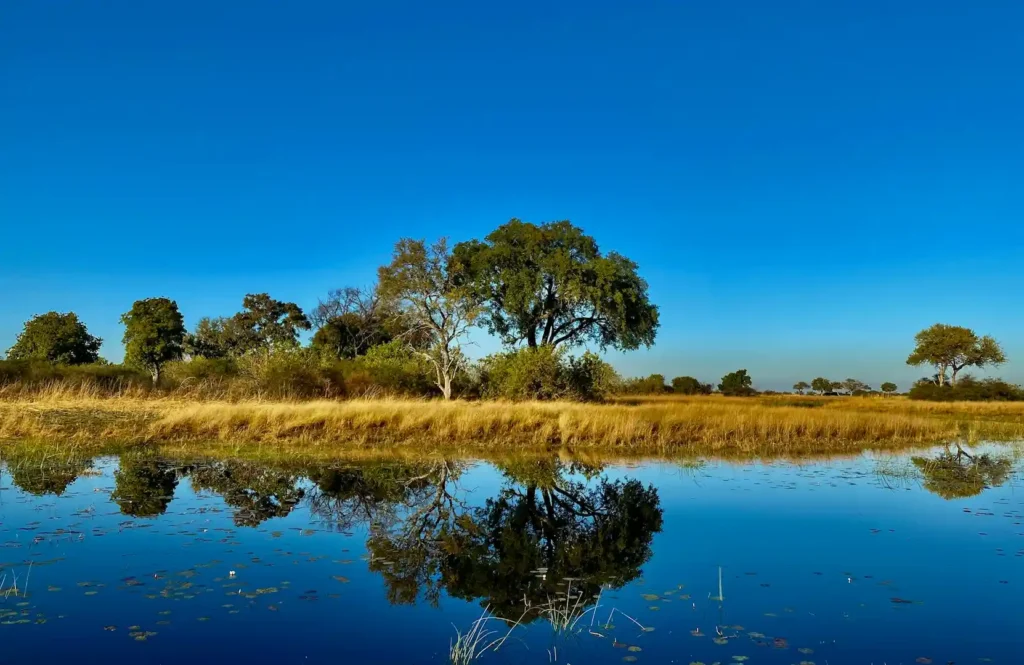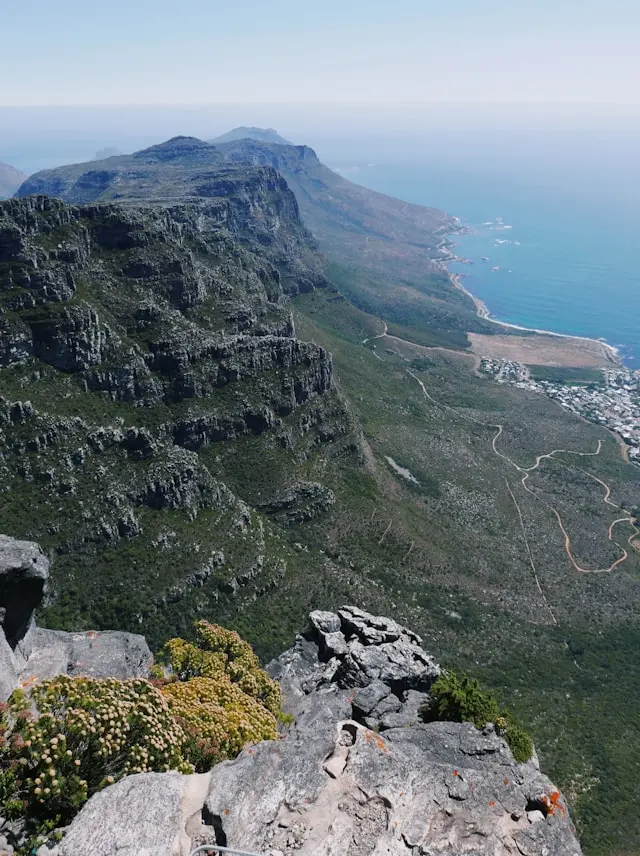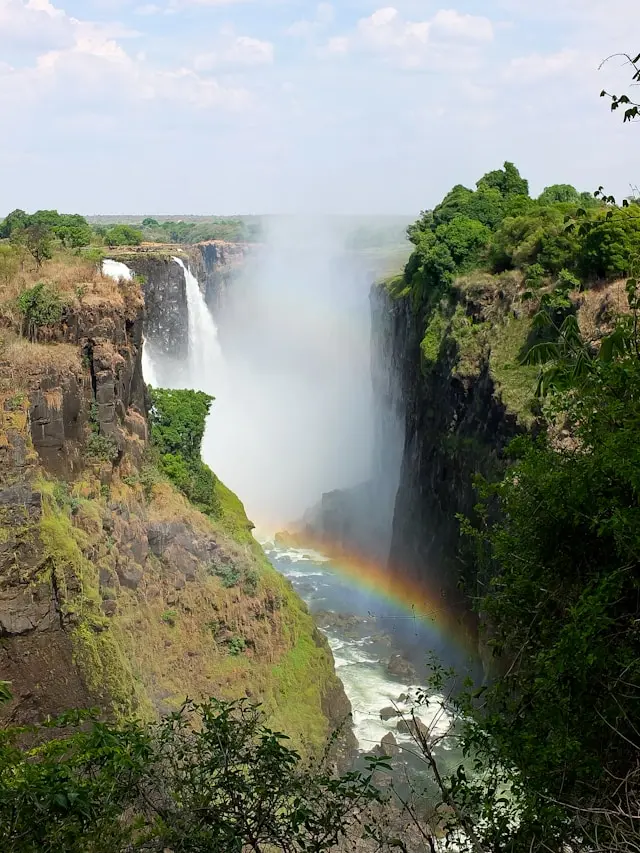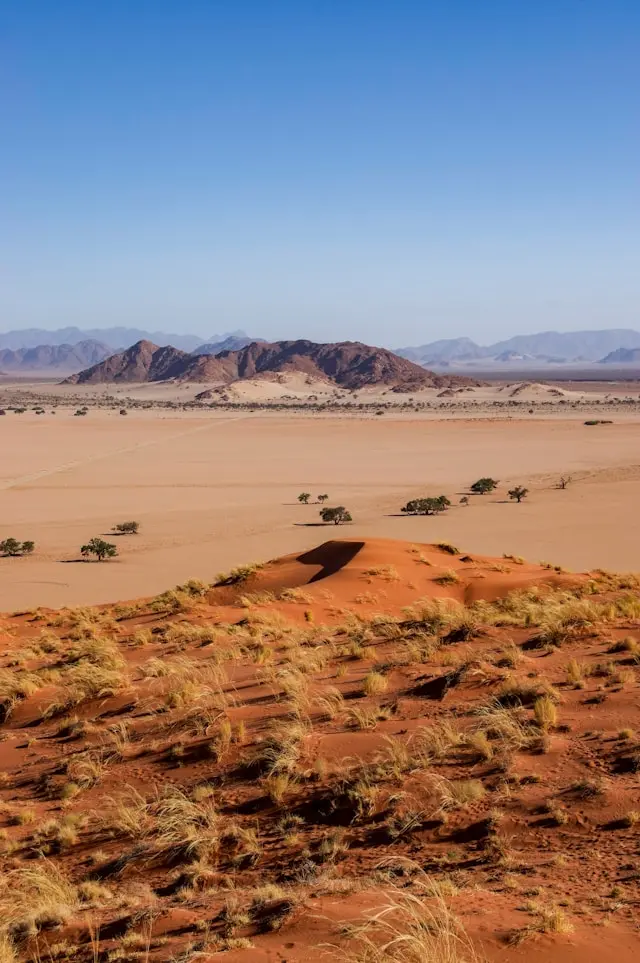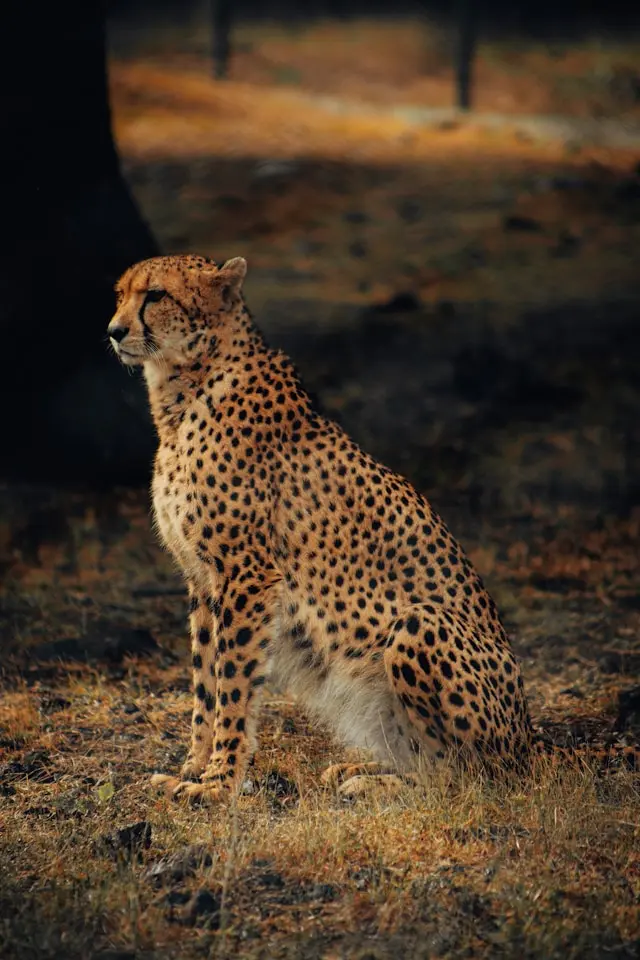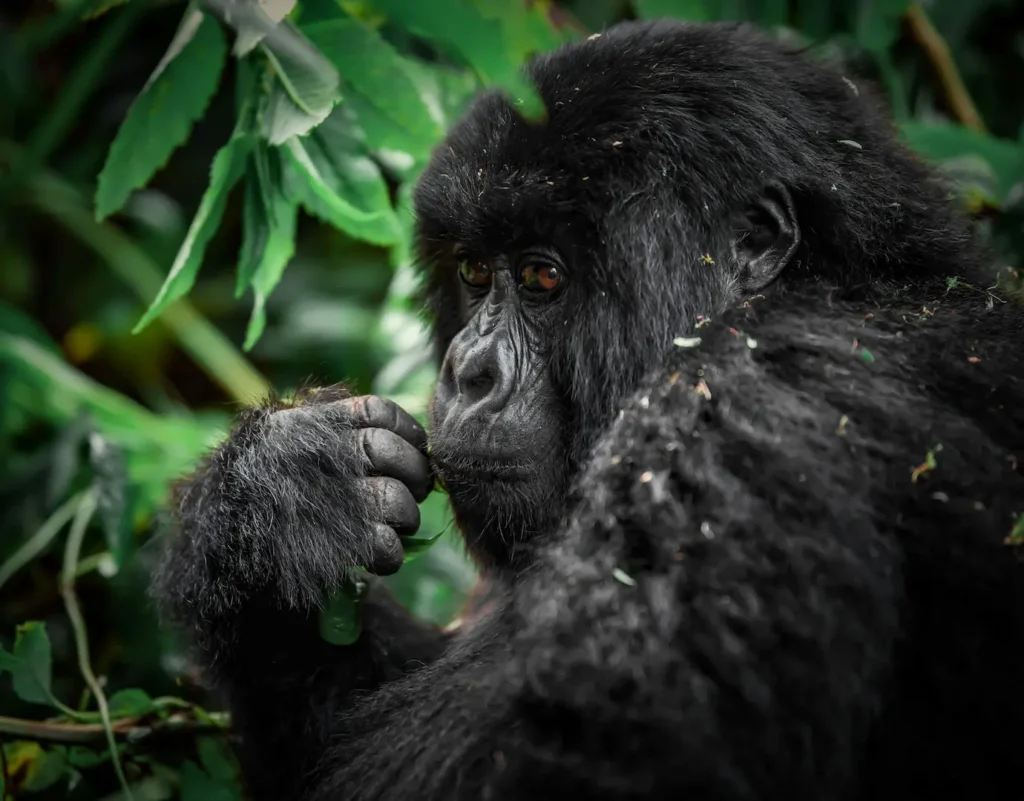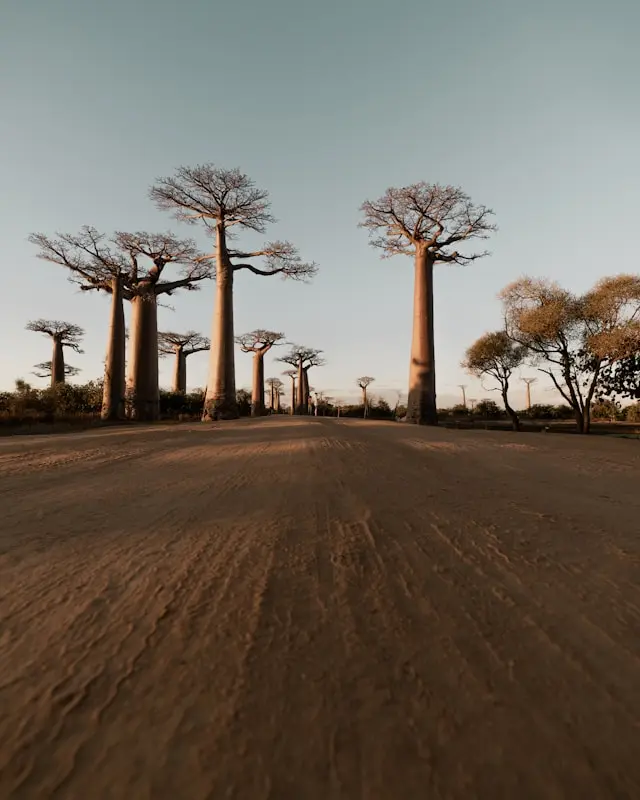10 Most Breathtaking Natural Wonders in Africa
Did you know Africa is home to the world’s largest hot desert?
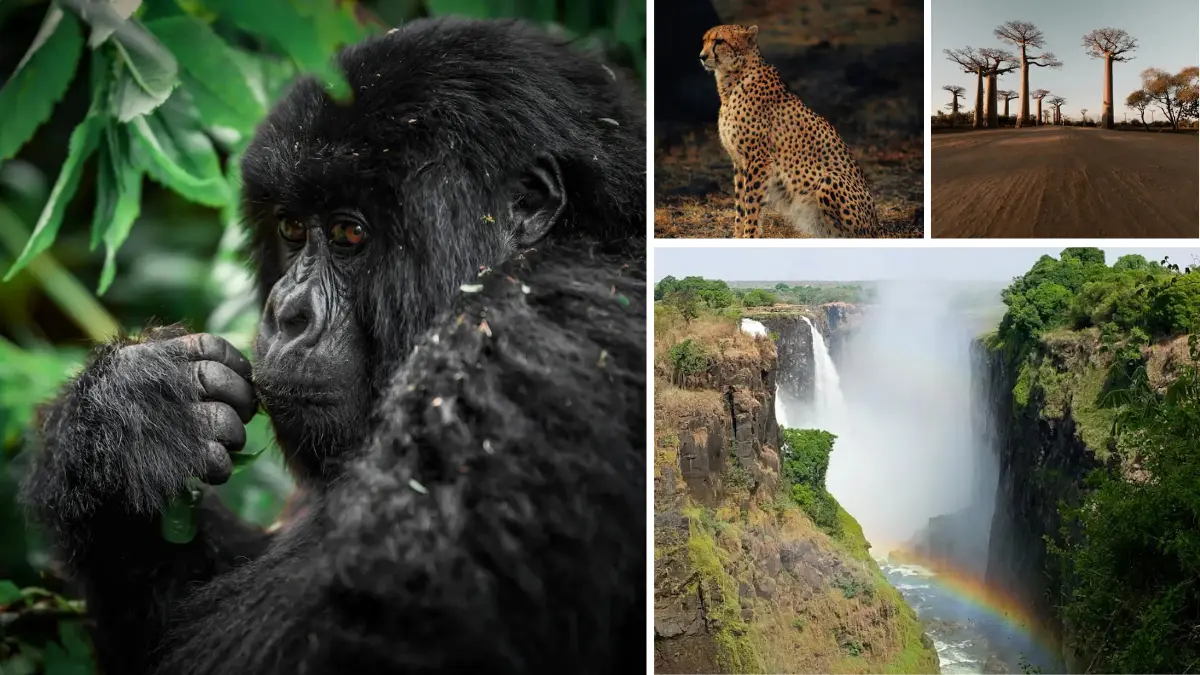
- This article contains affiliate links. I may receive a commission if you purchase from them, at no extra cost to you.
I’ll never forget the first time I felt truly small in the face of nature. It wasn’t in a grand canyon or on a mountain peak, but standing on the Serengeti plains at dusk. The sky was an impossible shade of orange, and for as far as I could see, the land was alive. That moment cemented my love for Africa’s raw, untamed beauty. This continent doesn’t just have scenery; it has soul. It’s home to some of the most spectacular natural wonders in Africa, places that have been shaping our planet for millennia.
This list is a love letter to those places. From deserts that sing to rainforests that echo with the calls of gorillas, these are the 10 wonders of Africa that every adventurer must dream of. I’ve been fortunate to witness some of them firsthand, while others are firmly at the top of my bucket list, researched with a fervor that borders on obsession. So, let’s explore the breathtaking natural attractions in Africa that define the very essence of wonder.
- Below, I’ll share the best sites I use to search for flights, hotels, and tours to make sure my trips across Africa are smooth, comfortable, and unforgettable.
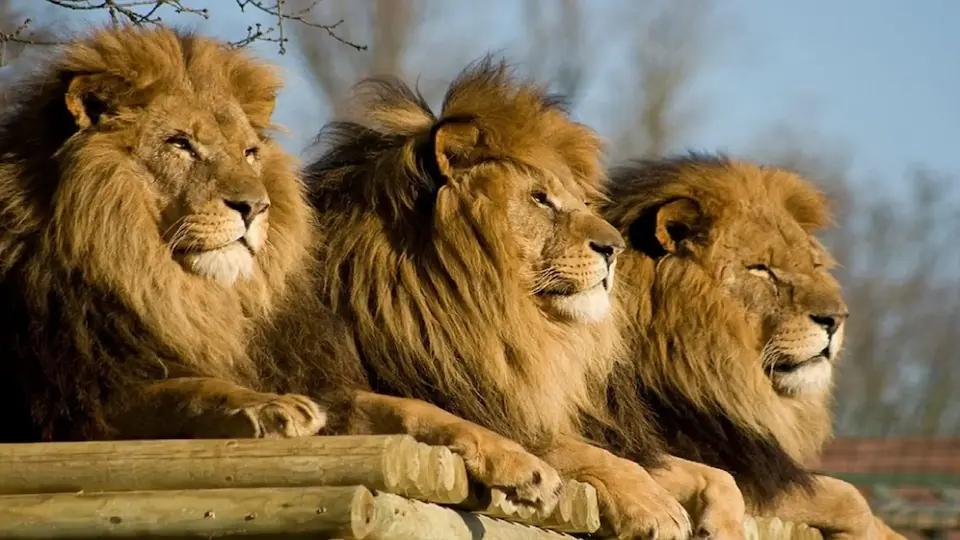
All you need for Africa travel
Find flights, hotels, and tours to plan your African adventure easily.
Before we dive in, a quick tip: many of these destinations require some serious gear. I never embark on an African adventure without my trusted binoculars. They’re essential for spotting wildlife details you’d otherwise miss and brought me so much closer to the action without disturbing it.
Table of contents
10The Okavango delta, Botswana
Imagine a river that never finds the sea. Instead, it spills its life-giving waters onto the sands of the Kalahari Desert, creating a stunning, labyrinthine oasis. That’s the Okavango Delta. This unique ecosystem is a world of crystal-clear channels, lily-covered lagoons, and lush islands teeming with wildlife. It’s a mesmerizing natural wonder in Africa that transforms a desert into a paradise.
Why it takes your breath away:
The sheer improbability of it all. It’s a pulsing, breathing wetland in the middle of a dry landscape. The best way to experience it is traditionally: gliding through the waterways in a mokoro (a dugout canoe), with your guide poling silently past elephants drinking and hippos grunting. The perspective from water level is utterly magical.
A personal dream:
I haven’t made it to the Delta yet, but it’s the number one destination on my vision board. The photos of elephants wading through water lilies and the thought of hearing the delta come alive at night from a remote tented camp is a siren call I can’t ignore.
- 🐘 Wildlife to see: Elephants, lions, leopards, hippos, and incredible birdlife like the majestic African fish eagle.
- 📅 Best time to visit: The floodwaters peak between June and August, which is the best time for mokoro safaris.
- 💡 Unique experience: Stay at a water-based camp and fall asleep to the sounds of hippos and frogs.
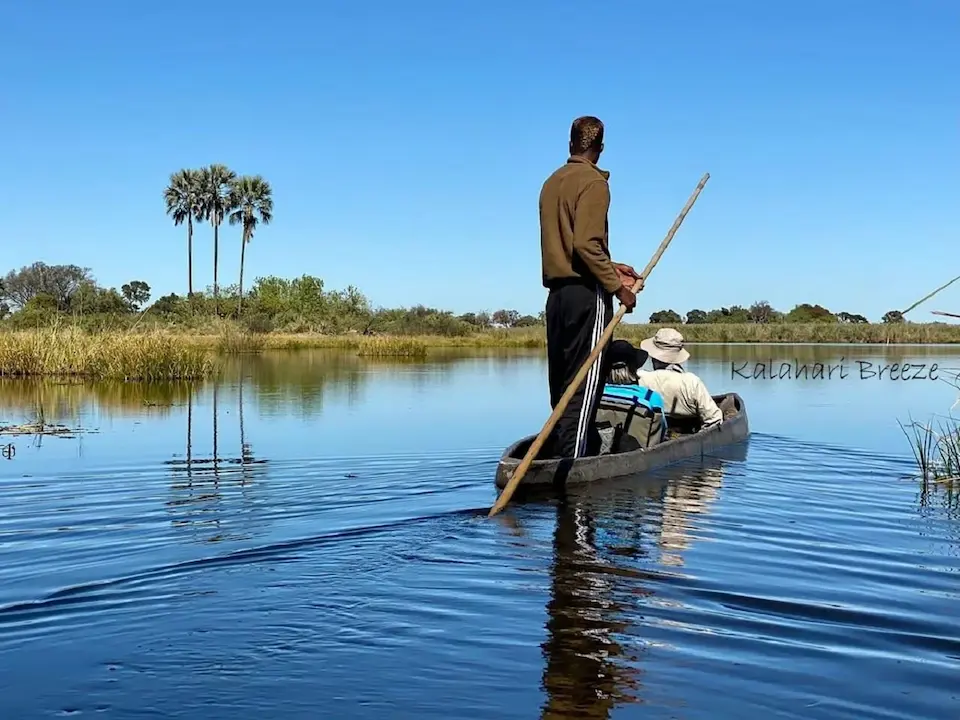
Okavango Delta: Full-Day Mokoro/Canoe Tour All-Inclusive
Explore the stunning Okavango Delta by mokoro and canoe on this all-inclusive full-day tour.
The Delta can be wet and muddy. A pair of quick-dry travel pants are a lifesaver, keeping you comfortable during both water activities and game drives.
9Table mountain, South Africa
Cape Town’s iconic flat-topped mountain is more than just a beautiful backdrop; it’s a globally recognized landmark and a biodiversity hotspot. Table Mountain is one of the oldest mountains on Earth, and its summit boasts over 1,400 plant species found nowhere else on the planet. The ever-changing “tablecloth” of clouds spilling over its edges is a dramatic sight all on its own.
Why it takes your breath away:
The view from the top. Whether you hike up or take the rotating cable car, the 360-degree panorama of Cape Town, the Atlantic Ocean, and Robben Island is simply staggering. It gives you a god’s-eye view of one of the world’s most beautiful cities.
My experience:
I chose to hike up via the Platteklip Gorge route. It was a tough, sweaty climb, but reaching the summit and looking down as the clouds rolled in was an incredible reward. We brought a picnic and spent hours just wandering the plateau, spotting dassies (rock hyraxes) and unique fynbos plants.
- 🌼 Don’t miss: The chance to see the rare and beautiful protea flowers, South Africa’s national flower, which blooms on the summit.
- 📅 Best time to visit: The summer months offer the clearest skies, but the weather can change rapidly any time of year.
- 💡 Unique experience: Hike up for sunrise or sunset for the most dramatic light and fewer crowds.
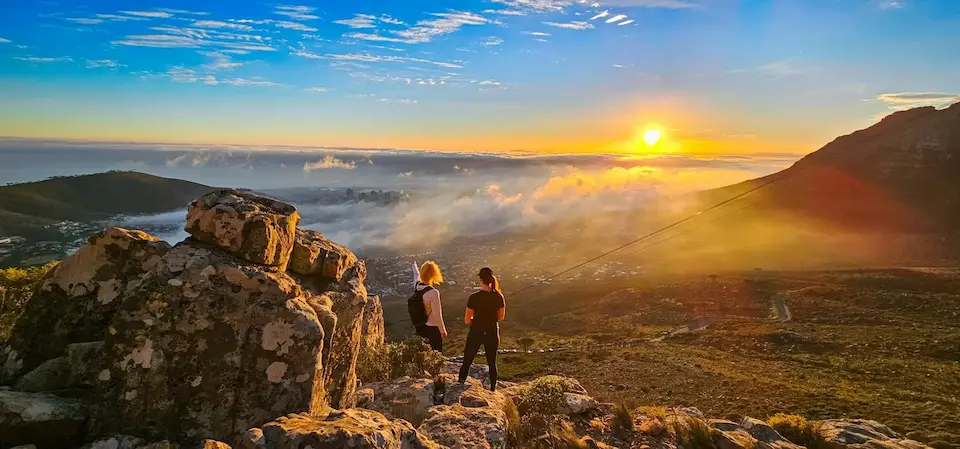
Table Mountain Hike with an Expert Guide
Reserve now & pay later
Free cancellation
The weather atop the mountain is notoriously fickle and often windier and cooler than at sea level. Packing a lightweight packable down jacket is an absolute must to stay comfortable while enjoying the views.
8The Ngorongoro crater, Tanzania
Often called “Africa’s Garden of Eden,” the Ngorongoro Crater is the world’s largest inactive, intact, and unfilled volcanic caldera. This natural amphitheater plunges over 600 meters from its rim to its floor, creating a contained ecosystem that is home to an astonishing density of wildlife. It’s a truly unique natural attraction in Africa where the animals are, quite literally, trapped in paradise.
Why it takes your breath away:
The sheer concentration of animals in such a small, breathtakingly beautiful area. You can see the Big Five (lion, leopard, rhino, elephant, and buffalo) here, all against the stunning backdrop of the crater walls. It feels like a lost world.
My experience:
Driving down the steep road into the crater felt like entering a different planet. Within minutes, we spotted a pride of lions, a black rhino in the distance, and thousands of wildebeest and zebra. The sheer abundance of life, all contained within the crater’s walls, is a sight I will never forget.
- 🦏 Wildlife to see: The Big Five, but most famously, it’s one of the best places in Tanzania to see the critically endangered black rhinoceros.
- 📅 Best time to visit: The dry season from June to September offers the best wildlife viewing as animals gather around water sources.
- 💡 Unique experience: Stay at a lodge on the crater rim for unbelievable views right from your balcony.
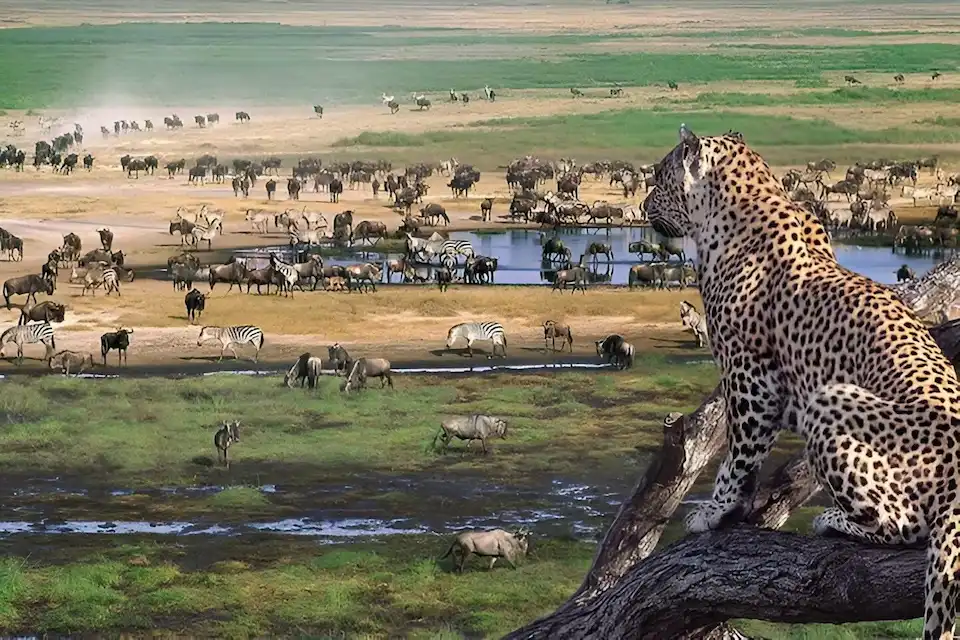
Ngorongoro Crater Tour
Duration: More than 3 hours
Meets animal welfare guidelines
A game drive in the crater involves a lot of dust and sun. Protecting your eyes and neck is crucial. A multi-functional sun buff can be worn as a hat, neck gaiter, or face mask, making it the perfect versatile accessory for safari.
7The Sahara desert, North Africa
The Sahara is the world’s largest hot desert, a vast ocean of sand that stretches across nearly a dozen countries. Its size is incomprehensible; it’s larger than the entire contiguous United States. This is a place of extreme silence, endless horizons, and breathtaking starry nights. It is, without a doubt, one of the ultimate africa wonders of the world.
Why it takes your breath away:
The sublime emptiness and the raw power of the elements. Witnessing the dunes change color from gold to deep orange to crimson at sunset is a profoundly moving experience. The silence here is not an absence of sound, but a presence in itself.
A future journey:
I have not yet had the privilege of spending a night in the Sahara, but it is a non-negotiable item on my list. My research has me dreaming of a multi-day camel trek in Morocco, sleeping in Berber tents, and feeling the immense solitude of the ergs (sand seas).
- 🏜️ Don’t miss: A sunrise or sunset over the dunes. The play of light and shadow on the sand creates a constantly shifting landscape of breathtaking beauty.
- 📅 Best time to visit: The cooler months from October to April, as summer temperatures are brutally hot.
- 💡 Unique experience: Spend a night camping in the desert. The lack of light pollution makes for some of the best stargazing on the planet.
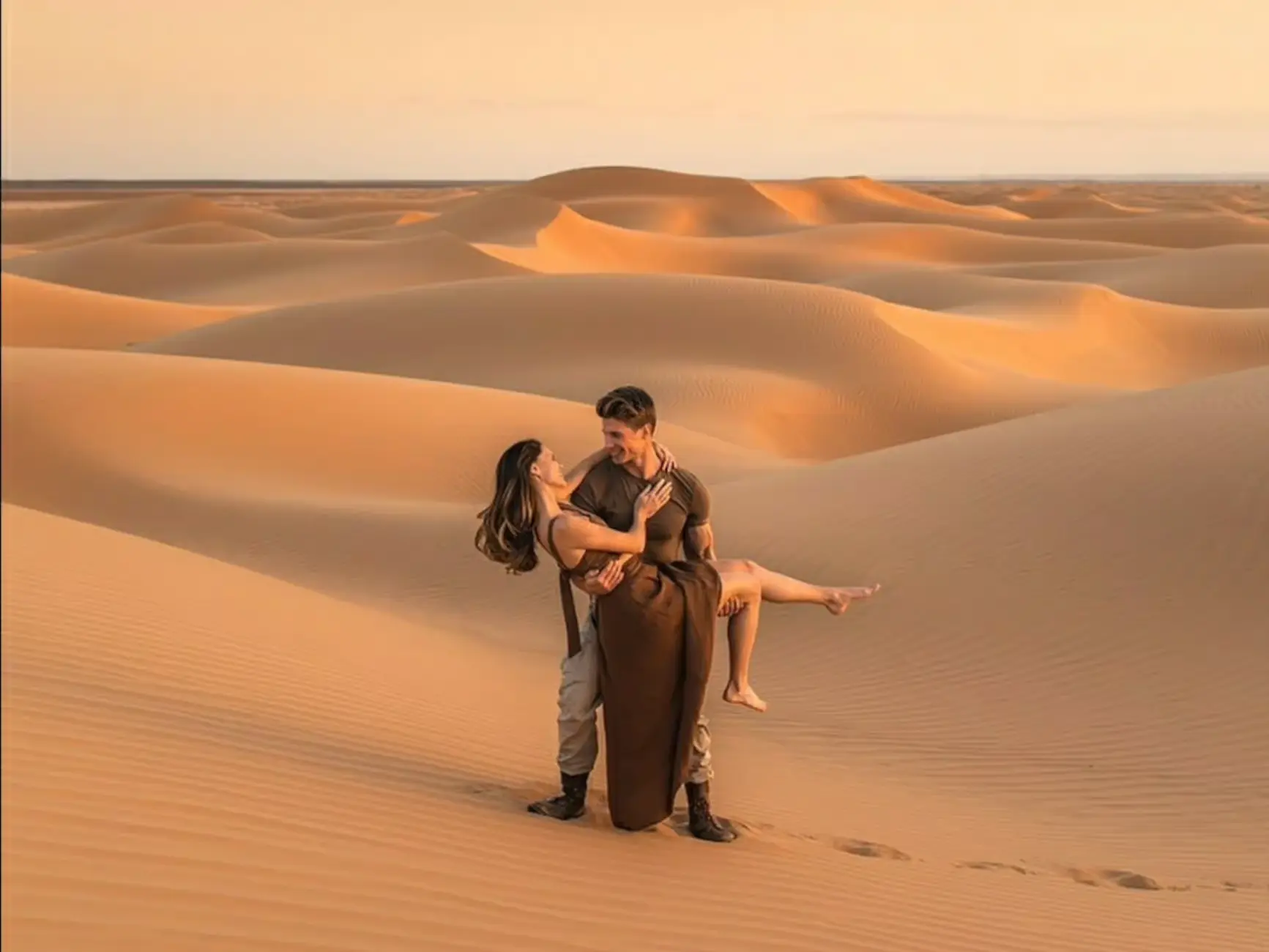
From Marrakech: 3-Day Merzouga and Sahara Desert Tour
Reserve now & pay later
Free cancellation
The desert sand gets everywhere. To protect your camera and phone from fine dust particles, a simple electronics dust blower is an inexpensive and invaluable tool to keep your gear clean and functional.
6Victoria falls, Zambia & Zimbabwe
Locally known as “Mosi-oa-Tunya” (The Smoke That Thunders), Victoria Falls is the largest curtain of falling water on Earth. The sight, sound, and feel of this colossal waterfall are overwhelming. The mile-wide Zambezi River plunges over a cliff, creating a permanent mist that can be seen from miles away and drenching everyone who comes to witness its power.
Why it takes your breath away:
The raw, thunderous power. You don’t just see Vic Falls; you experience it with all your senses. You feel the spray on your skin, hear the deafening roar, and see rainbows forming in the mist. It is a humbling display of nature’s force.
My experience:
I visited at the end of the rainy season when the water flow was at its most powerful. Walking along the opposite rim, we were completely soaked within minutes from the spray that felt like heavy rain. It was impossible to see the bottom of the falls—just a massive, roaring cloud of white. It was utterly exhilarating.
- 🌈 Don’t miss: The view from the Knife-Edge Bridge, where you are surrounded by the falls’ spray and brilliant rainbows.
- 📅 Best time to visit: February to May for the fullest flow. For adventure activities like swimming in Devil’s Pool, visit August to December when water levels are lower.
- 💡 Unique experience: Take a scenic flight over the falls for a mind-blowing perspective of its immense scale.
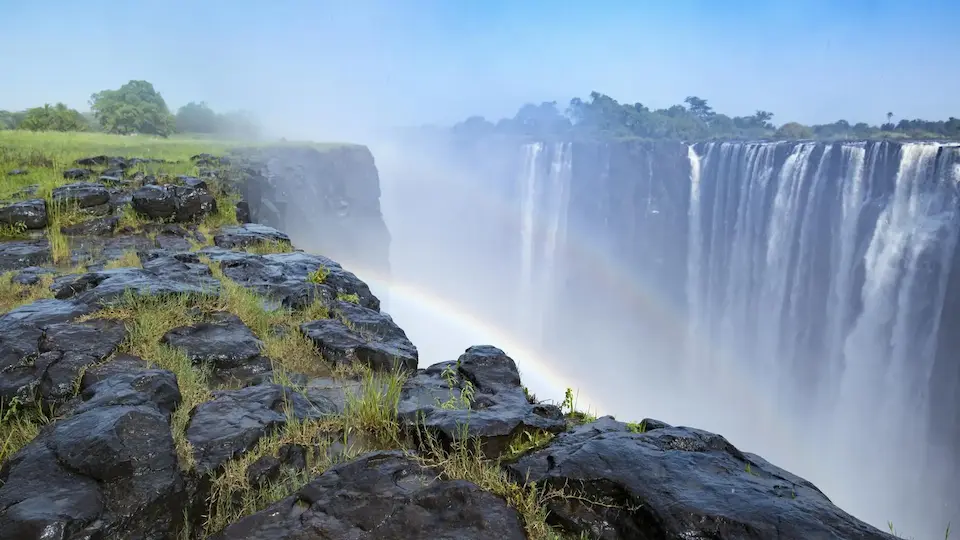
Guided Tour of the Falls from Both Sides
Reserve now & pay later
Free cancellation
You will get wet. A quality lightweight rain poncho will keep you and your daypack dry, allowing you to enjoy the walk along the rainforest trail without being uncomfortable.
5The Namib desert, Namibia
Believed to be the world’s oldest desert, the Namib is a land of surreal landscapes. Its most famous feature is Sossusvlei, a giant clay pan surrounded by some of the highest sand dunes on Earth. The contrast of the orange-red dunes against the bright white clay and deep blue sky is a photographer’s dream. It is a stark, beautiful, and ancient natural wonder in Africa.
Why it takes your breath away:
The colors and the silence. Climbing a dune like Big Daddy or Dune 45 for sunrise is a rite of passage. Watching the light change and the shadows race across the dune faces is a truly spiritual experience. The Deadvlei, a ghostly white pan with skeletons of ancient trees, is one of the most photogenic places on the planet.
A personal dream:
The haunting beauty of Deadvlei has captivated me for years through photographs. I am actively planning a trip to Namibia just to witness this place at dawn, to stand amidst those ancient, sun-bleached trees and feel the profound silence of the desert.
- 🌵 Don’t miss: Deadvlei, a white clay pan with 900-year-old petrified acacia trees, creating a stark and unforgettable landscape.
- 📅 Best time to visit: The cooler dry season from May to October is most comfortable for climbing the dunes.
- 💡 Unique experience: Take a scenic flight over the desert to see the massive dunes meeting the Atlantic Ocean, a sight unique to the Namib.
Climbing sand dunes is tough work! The sand gets incredibly hot. A pair of comfortable gaiters will keep the sand out of your boots, making the climb much more pleasant.
4The Serengeti migration, Tanzania & Kenya
The Great Migration is not a single place, but a relentless, annual circular journey of over two million wildebeest, zebra, and gazelle across the vast plains of the Serengeti and the Masai Mara. It is the greatest wildlife spectacle on Earth, a continuous struggle for survival driven by the rains and the search for fresh grass. It is the definitive wonder of Africa in motion.
Why it takes your breath away:
The scale. Seeing columns of animals stretching to the horizon is awe-inspiring. But it’s the dramatic river crossings, where crocodiles lie in wait, that are the heart-pounding highlight of the migration. It’s raw, real, and unforgettable nature documentary happening right before your eyes.
My experience:
I was lucky enough to witness a crossing at the Mara River. The anticipation was palpable as thousands of wildebeest gathered on the bank. Then, one jumped, and the chaos began. The thrashing, the noise, the dust—it was chaotic, brutal, and one of the most powerful things I have ever witnessed.
- 🐃 Wildlife to see: Millions of wildebeest and zebra, along with their predators: lions, cheetahs, hyenas, and crocodiles.
- 📅 Best time to visit: The timing shifts yearly, but generally: river crossings in the Mara (July-Oct) and calving season in the Serengeti (Jan-March).
- 💡 Unique experience: A hot air balloon safari over the plains at dawn offers a serene yet breathtaking view of the massive herds below.
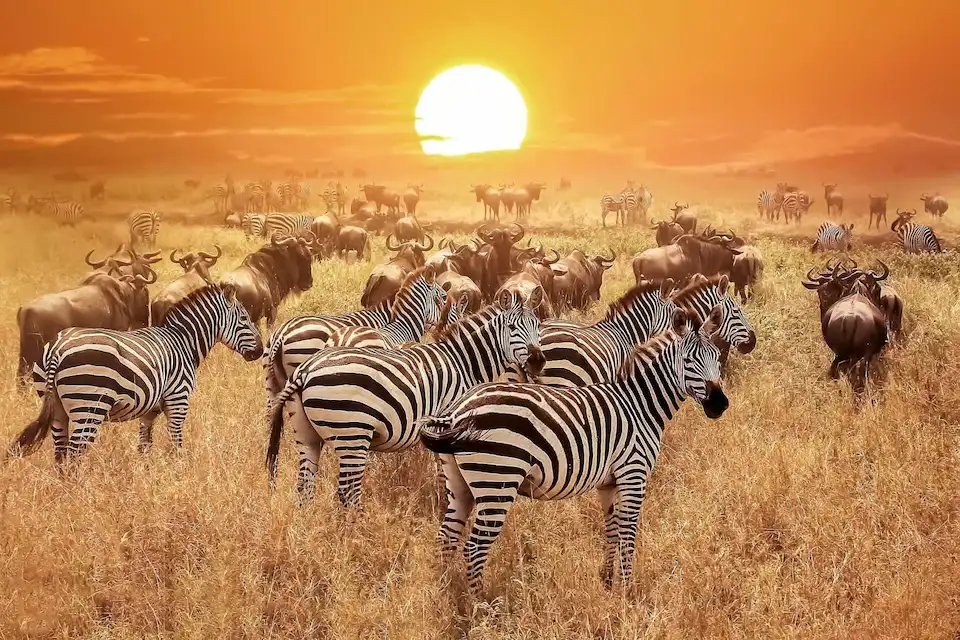
Migration at Serengeti National Park
Witness the Great Migration and see thousands of wildebeest and zebras in one of nature’s greatest spectacles.
A good safari vehicle can be dusty and bumpy. To keep your camera stable for those crucial shots, a compact travel tripod or a bean bag rest is invaluable for getting clear, sharp photos of the action.
3The Red Sea reef, Egypt & Djibouti
While Africa is famed for its terrestrial wonders, its underwater treasures are equally stunning. The Red Sea, bordered by Egypt, Sudan, and Djibouti, is home to some of the world’s most northern coral reefs. Its crystal-clear, warm waters are a kaleidoscope of color, teeming with an incredible diversity of marine life, including many species found nowhere else.
Why it takes your breath away:
The accessibility and the vibrancy. The reefs are easily reachable from the shore in many places, and the visibility is often exceptional. Drifting over gardens of hard and soft corals, surrounded by thousands of technicolor fish, feels like swimming in a giant, living aquarium.
My experience:
Snorkeling in the Ras Mohammed National Park in Egypt was a revelation. I had never seen water so clear or corals so vibrant. Being surrounded by a school of shimmering barracuda and spotting a graceful turtle are memories I will cherish forever. It’s a world-class diving destination that’s surprisingly easy to access.
- 🐠 Marine life to see: Over 1,200 species of fish, dolphins, dugongs, sharks (including whale sharks), and pristine hard and soft corals.
- 📅 Best time to visit: Year-round, but the water is calmest and visibility is best from June to September.
- 💡 Unique experience: In Djibouti, you can snorkel with harmless whale sharks, the largest fish in the ocean.
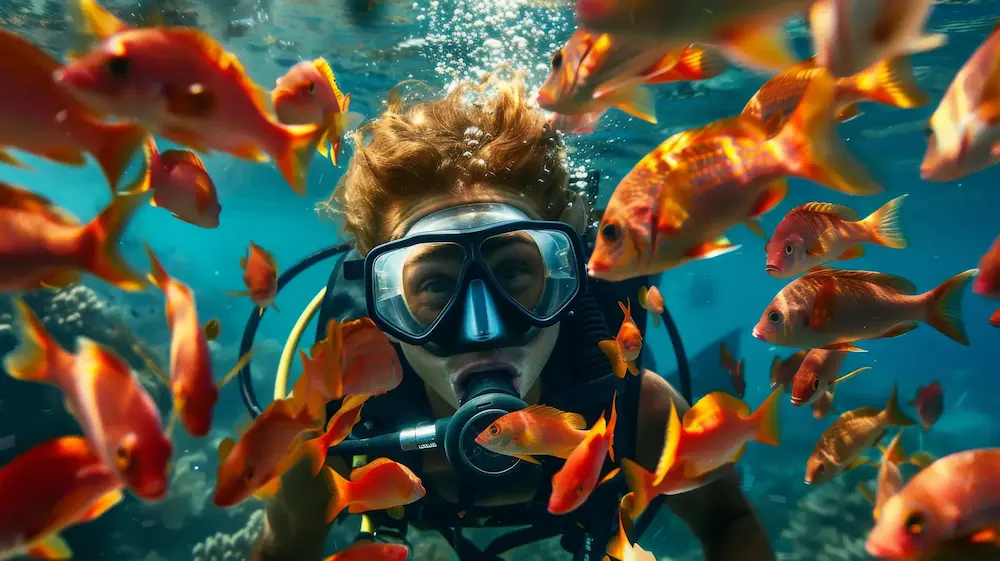
Red Sea Coral Reef Snorkeling at Ras Mohamed National Park with Lunch
Snorkel vibrant coral reefs, discover marine life, and enjoy a tasty lunch on this Red Sea adventure.
Protecting the reef is crucial. Using reef-safe sunscreen is a simple and responsible choice to ensure these vibrant ecosystems remain healthy for generations to come. It works just as well without the harmful chemicals.
2The Rwandan rainforest (Volcanoes national park)
The mist-shrouded slopes of the Virunga Mountains in Rwanda are home to one of the planet’s most incredible and heartwarming conservation stories. This is where you can come face-to-face with the majestic mountain gorillas. Trekking through the dense, verdant rainforest to spend an hour in the presence of a gorilla family is a profound and life-affirming experience.
Why it takes your breath away:
The connection. Looking into the wise, gentle eyes of a silverback gorilla is an emotional encounter that transcends a typical wildlife viewing. It’s a rare glimpse into a world that feels both foreign and strangely familiar, a poignant reminder of our connection to the natural world.
A future journey:
This is the most significant trip I am saving for. The permit is expensive, but the chance to contribute to their conservation and have that intimate wildlife experience is worth every penny. I dream of that moment of quiet observation in the rainforest.
- 🦍 Wildlife to see: The endangered mountain gorillas are the main event, but the park is also home to golden monkeys.
- 📅 Best time to visit: The two drier seasons: December to February and June to September, when the trails are less muddy.
- 💡 Unique experience: The gorilla trek itself is the unique experience. The physical effort of the hike makes the final reward even sweeter.
The trek can be muddy, wet, and involve navigating stinging nettles. A good pair of waterproof gardening gloves is surprisingly useful for grabbing onto vegetation during the steep climb without getting wet or stung.
1The Avenue of the baobabs, Madagascar
Madagascar, a world apart, is home to wonders found nowhere else on Earth. The most iconic is the Avenue of the Baobabs—a dirt road lined with massive, ancient baobab trees towering over the landscape. These bizarre and magnificent trees, over 800 years old, are remnants of a once-dense tropical forest. Standing sentinel at sunset, they create a silhouette that is the very definition of an africa wonder of the world.
Why it takes your breath away:
It’s surreal. These trees look like they’ve been planted upside-down, with roots reaching for the sky. At sunset or sunrise, the light turns the scene into a breathtaking painting of deep oranges, purples, and black. It feels primordial and deeply spiritual.
A personal dream:
Madagascar’s unique ecology has fascinated me since I was a child. The avenue is the iconic image, but the whole island is a museum of natural history. Seeing these ancient giants in person is a pilgrimage I must make to understand the strange and beautiful isolation of evolution.
- 🌳 Don’t miss: Visiting at both sunset and sunrise. The changing light creates completely different moods, both equally spectacular.
- 📅 Best time to visit: April to November during the dry season, when the roads are passable.
- 💡 Unique experience: Visit the nearby Baobab Amoureux (Two Lovers Baobabs), two trees that have become intertwined.
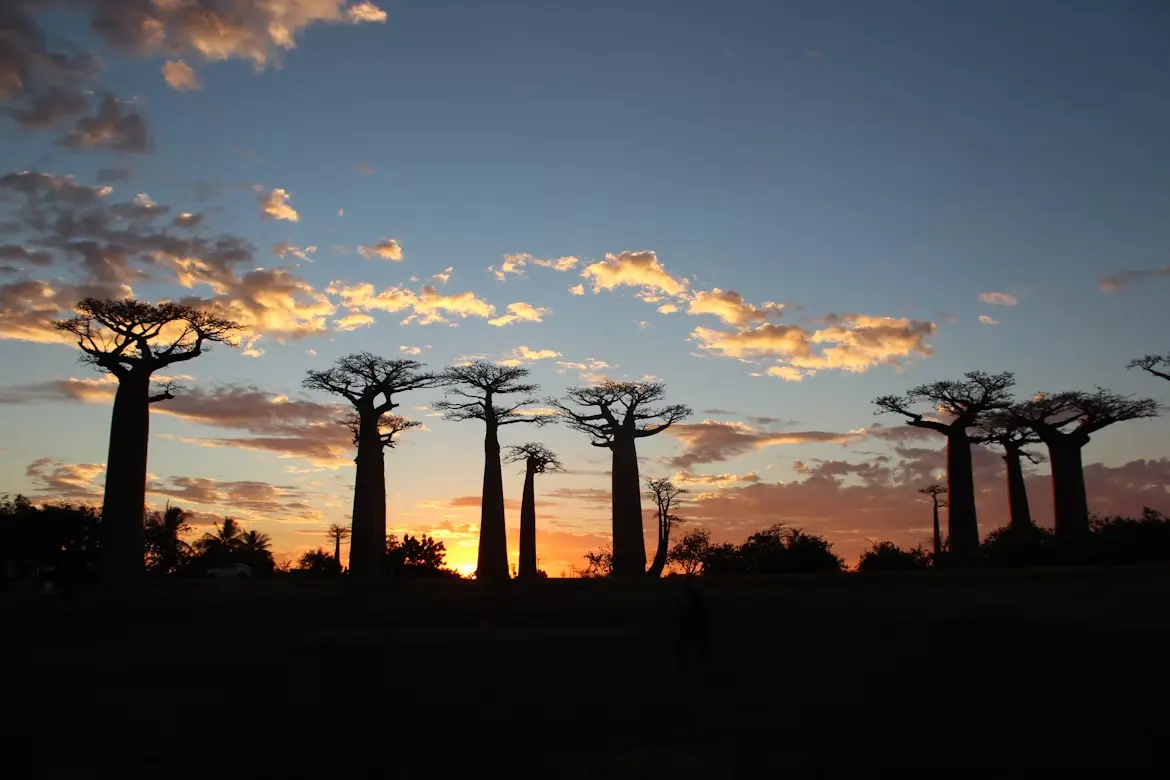
Avenue of the Baobabs
Walk among Madagascar’s iconic giant baobab trees and capture unforgettable sunset views.
The red dust of Madagascar gets everywhere. Packing a few reusable silicone travel bags is perfect for keeping your clean clothes separate from your dusty ones and for storing snacks for day trips.
General comparison
What makes these natural wonders in Africa so special is their incredible diversity. They range from underwater kingdoms to sky-scraping dunes, from thundering waterfalls to silent deserts. Some, like the migration and Victoria Falls, are about raw power and scale. Others, like gorilla trekking and the Okavango, are about intimate, personal connection. Each offers a completely different way to experience the awe-inspiring power of the natural world.
Global personal experience
Exploring these places—both in person and through extensive research—has fundamentally changed my perspective on travel. It’s taught me that the greatest adventures are often found in the most remote corners of the map. It’s not always comfortable—it can be dusty, wet, hot, and challenging—but the rewards are immeasurable. These journeys create a deep respect for our planet and a fierce desire to protect these fragile, incredible places.
Final recommendations for your trip
Planning a trip to see these natural attractions in Africa requires careful thought.
- Prioritize & Pace Yourself: Africa is vast. Don’t try to see East and Southern Africa in one trip. Focus on one region (e.g., Kenya/Tanzania or Namibia/Botswana).
- Seek a Reputable Operator: For complex trips involving safaris and treks, a good tour operator is worth their weight in gold. They handle logistics, permits, and know the best guides.
- Pack Smart: Layers are key. Mornings are cold on safari, days are hot. Neutral-colored clothing (khaki, green, beige) is best for wildlife viewing.
- Be Flexible: Nature operates on its own schedule. A missed river crossing or a hidden gorilla troop is part of the adventure. Embrace it.
- Travel Responsibly: Choose operators that support local communities and conservation. Your tourism dollars have the power to protect these very wonders.
A great way to document your journey without always being on your phone is with a classic travel journal. Jotting down notes, sketching, and sticking in ticket stubs creates a priceless souvenir.
Africa’s landscapes are the continent’s beating heart. These 10 wonders of Africa are more than just destinations; they are profound experiences that linger in your soul long after you’ve returned home. They remind us of the planet’s ancient rhythms, its breathtaking beauty, and our place within it all. So, dream of deserts and dunes, of misty mountains and mighty rivers. Your adventure into the heart of wonder awaits.
I’d love to hear from you! Which of these incredible natural wonders speaks to your soul the most? Is there another breathtaking African landscape that would be on your personal list? Share your thoughts and dream destinations in the comments below!
